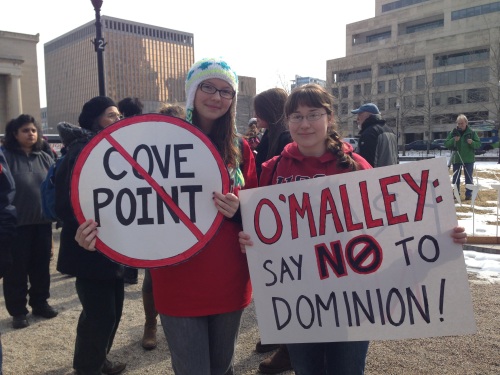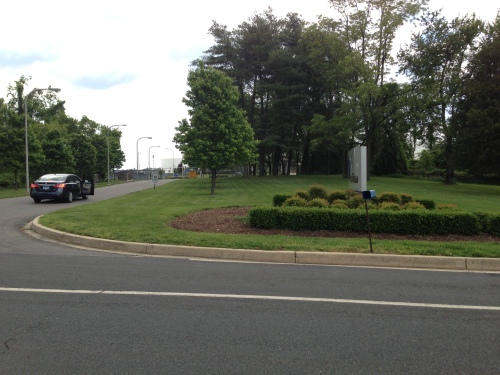 It’s funny. I didn’t even think to look and see if my blog was getting hits because Hillary Clinton’s doctor shares my name. Turns out over 300 people have looked at my “About Lisa Bardack” page in the past few days. I would imagine upon reading my mini bio, they realize that I am not currently hot in the news. I wish I was.
It’s funny. I didn’t even think to look and see if my blog was getting hits because Hillary Clinton’s doctor shares my name. Turns out over 300 people have looked at my “About Lisa Bardack” page in the past few days. I would imagine upon reading my mini bio, they realize that I am not currently hot in the news. I wish I was.
I wish I was a magician able to conjure evocative words that successfully reached multitudes of people beyond the green choir to get them to truly understand that we must get away from using fossil fuel energy to fuel our world ASAP. That every choice we make in switching to renewable energy and becoming more energy efficient is a choice that makes a viable future more of a possibility. Because it is just that, a possibility, not a given.
As people ponder whether Hillary Clinton getting pneumonia disqualifies her from becoming president (which, as an aside, I find ridiculous), I wish that the headlines of all mainstream media would report on the insanity going on in the Dakotas where Energy Transfer Partners is trying to force a pipeline through Native American lands. A pipeline carrying nasty toxic crude oil that when spilled — and it does spill again and again, though you never see it reported in mainstream media — destroys water, ecosystems, wildlife and human health. We do not need any more pipeline infrastructure. Not running under the Missouri River, not anywhere.
Rather than focusing on Hillary Clinton’s health, we need to be focusing on the health of humanity in the face of dirty energy and climate change. The extraction process alone of crude oil and natural gas is poisoning people all over this country and world. My prior posts talk about how fracking is wreaking havoc on the health of those who live near well sites. Children suffering from nosebleeds, dizziness, rashes that cover their body, headaches, gastrointestinal and respiratory illnesses and more. The effects of greenhouse gasses saturating our atmosphere from the burning of fossil fuels are turning our weather and the basic functioning of Earth’s systems upside down. I’d call that newsworthy.
In trying to get a perspective on what is at stake, there’s a powerful quote by Canadian astronaut Julie Payette, speaking of her experience in space. She says “At first you are awed by the splendor, by the beauty of the planet and then you look down and you realize that this one planet is the only thing we have. Every time the sun comes up and goes down… and for us that’s sixteen times a day… you see a thin, thin, thin layer just above the surface, maybe 10 or 12 kilometres thick. That is the atmosphere of the Earth. That is it. Below that is life. Above it is nothing.”
Earth is where we live; it sustains us. We are in a place now in human history where we must without question align how we live our lives, how we function, with the functioning of the planetary systems on which our lives depend. The atmosphere cannot continue to be subjected to greenhouse gasses. For too long now, we have treated the Earth as something to use for the sake of human progress, detaching our selves from its aliveness, its intelligence, its sacredness in order to make the destruction easier. In our thirst to fuel our society with fossil fuels, we have reached our limit.
I am not a doctor, but I do know that there is no Planet B, and the clock is ticking. Embracing and committing to a clean energy future now is a commitment to our children and future generations. There is no alternative to a viable future. If I were Dr. Lisa R Bardack, perhaps I could get more traction out of such a prescription.














